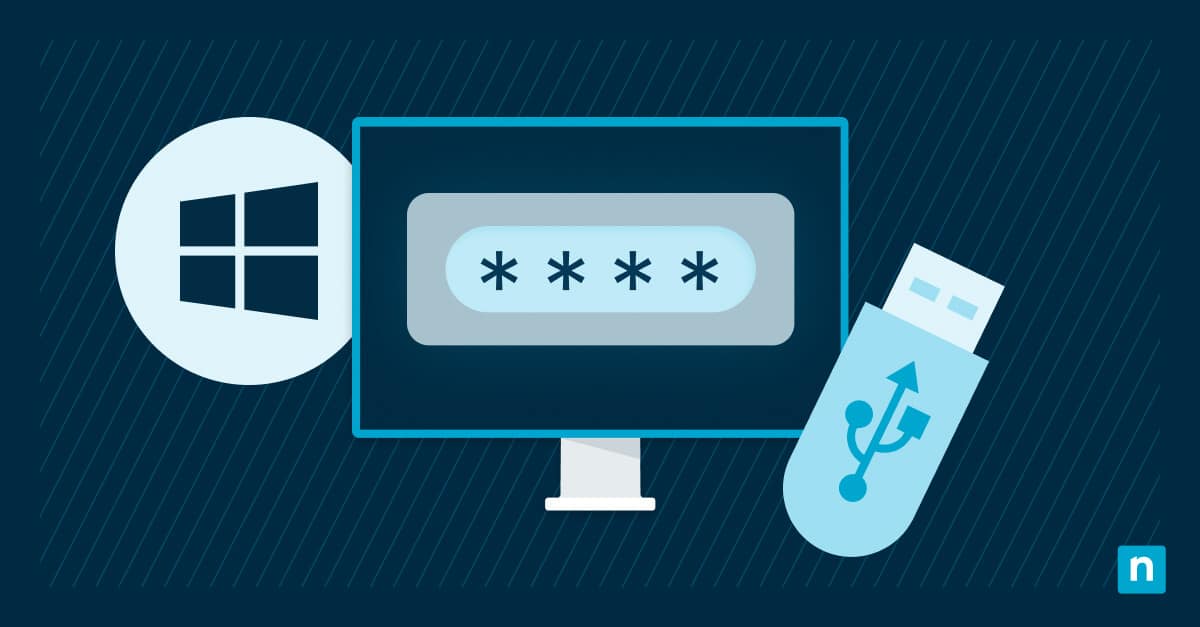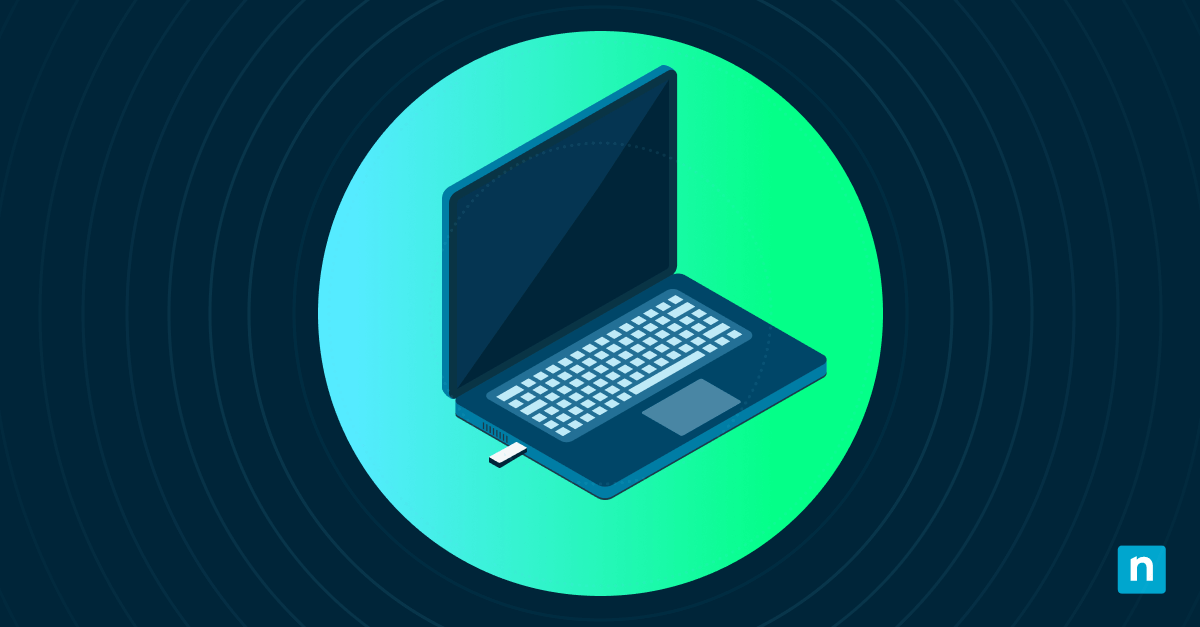Setting up a computer for multiple users requires a lot of time and repetitive actions, especially if you want all new accounts to have a consistent look, feel, and configuration. To save time and ensure a uniform experience, you can simply customize default user profile in Windows 10 and automatically apply the same settings, layouts, and preferences to every new profile created on your system. Keep reading to learn how to set up the default user profile using the Sysprep tool via the Command Prompt.
How to create a custom default user profile in Windows 10
To customize the default user profile in Windows 10, you’ll run Sysprep (System Preparation Tool), a command-line tool in Windows for cloning existing installations across multiple PCs, using the Command Prompt.
Part 1: Create a custom profile
First, you must create a new temporary local user account and configure every setting you want to be copied. This will be the model profile for future user accounts.
- Go to Settings>Accounts>Family & other users>Add someone else to this PC, which will open a dialog box.
- In the dialog box, select “I don’t have this person’s sign-in information,” and then choose “Add a user without a Microsoft account.”
- In the following dialog box, name the account, skip adding a password, and click Next.
- Sign out of the current account and log in to the new one.
- Start customizing system-wide and user interface settings, such as:
- Wallpaper, themes, and accent colors
- Desktop icons and shortcuts
- File Explorer view settings (e.g., icon size, visible ribbons, libraries)
- Power settings and display preferences
- Installed apps (only non-user-specific apps)
- Registry tweaks (optional)
- Check if you have temporary files, a browser history, and deleted content in the Recycle bin. Clear them out now.
- Ensure all your preferences are set correctly before proceeding.
Part 2: Use Sysprep to copy the profile
After configuring the custom profile, you’ll use Sysprep to generalize the system and copy the profile to the default user template. Note that this step requires administrator privileges.
- Open the Command Prompt as Administrator: Press Start and type cmd. Right-click on Command Prompt and select Run as administrator.
- To launch Sysprep, copy and paste this command into the Command Prompt: %windir%\system32\sysprep\sysprep.exe
- In the System Preparation Tool window, do the following:
- Under System Cleanup Action, select Enter System Out-of-Box Experience (OOBE).
- Check the Generalize box.
- Choose Shutdown under Shutdown Options.
- Click OK to run Sysprep.
Note: Before you click OK, ensure all your customizations are finalized. Once Sysprep finishes running, it will shut down the system and copy the current user profile as the new template.
Part 3: Create a new user account
Once Sysprep is complete, you should create a new user account to test the configured default user profile.
- Power the system back on. Windows will launch into the Out-of-Box Experience (OOBE) as if it’s a fresh install.
- With OOBE, you’ll go through the initial setup process, including selecting a language, choosing a keyboard layout, and creating a new user account. Follow the prompts for creating a local or Microsoft user account, which will inherit the configurations you set.
- Log in to the new account and verify if everything matches your customizations.
About the default user in Windows
A default user profile in Windows 10 is a blueprint or template for any new local or Microsoft account created on a Windows computer. It is a hidden system profile from which Windows copies contents and settings for a new user profile folder. This ensures every new user has the same starting point, from folders and apps to settings and configurations.
Without customization, the default user profile only contains generic information, such as desktop settings, browser preferences, and app data.
Why customize the default local user profile in Windows 10
Customizing a Windows default user profile offers many benefits, especially when you need to create multiple user accounts regularly.
- Maintaining a consistent desktop layout. You can design a clean desktop workspace to reduce confusion and ensure a uniform interface for every new user.
- Preconfiguring system preferences and app settings. You can configure settings like File Explorer view modes, system themes, power options, and some app defaults only once, so new users don’t have to worry about changing them upon first use.
- Eliminating repetitive setup tasks. A customized profile will streamline the process for new users by removing the need to manually configure everything step by step repeatedly.
Different individuals can reap these benefits, including IT professionals in the corporate field, teachers in the educational system, and even system administrators in the government sector. Wherever you need multiple user profiles in a system, a customized template will ensure a polished and ready-to-use environment that you can easily replicate across all new user accounts.
Considerations and limitations
Using Sysprep to create a custom default user profile in Windows 10 is a powerful way to standardize user environments. However, you must understand its constraints and plan your actions accordingly.
Limited number of setups
Users can run Sysprep multiple times. However, the clock for Windows Product Activation, which resets every time you generalize the system, has a limit of three resets. Exceeding this limitation will cause an error and require rebuilding the Windows image or restoring a backup.
As a best practice, you should only run Sysprep on a clean install or before applying major updates to the system.
User-specific settings
Not every configuration will carry over to new user profiles, especially app settings tied to a specific user profile or login (e.g., Weather and Mail customizations and other app changes via a personal Microsoft account).
Additionally, the Start menu and taskbar customizations are not usually copied without employing a specific Group Policy setting, XML configuration, or other custom scripts.
Backups recommended
Before you run Sysprep, you want to back up your computer, including all important files and system states, especially if you’re doing this on a personal device. If Sysprep fails halfway, it could corrupt the OS installation, requiring a complete reinstall.
Ensure to capture a working Windows image before proceeding with tools like Windows Backup or NinjaOne Backup.
Not using a production account
Avoid running Sysprep on your daily-use account. The system may delete or generalize profile data during Sysprep, potentially causing data loss or corrupted settings. You may lose important bookmarks, downloads, and app data.
It’s always best to create and use a separate template account when customizing the default user profile.
Troubleshooting common issues
Even if you plan carefully, you might encounter problems when using Sysprep and replicating your settings across new user accounts.
Issue: Sysprep fails to run
Sysprep may abort unexpectedly or show error messages. One reason may be that you have Windows updates waiting to be installed or completed. Install all updates and restart the system before trying again. You may also have Microsoft Store apps that are preventing generalization. Consider removing them to run Sysprep properly.
Issue: The new profile doesn’t reflect changes
The changes won’t be included if you modify the template user profile after running Sysprep. Make sure to set your configurations before running Sysprep. This issue may also occur if you use a Microsoft account for the template user profile. Use a local account only for the template.
Issue: Apps don’t transfer properly
Not all apps or configurations will transfer to new users. For example, Universal Windows Platform (UWP) apps are installed per user and don’t usually survive the Sysprep process. If possible, stick to classic Win32 apps that can be copied without issue.
Frequently Asked Questions
Can I update the default user profile without Sysprep?
Technically, yes, but it’s not recommended or officially supported. You may find online guides for making manual edits to the C:\Users\Default folder or using registry tweaks to simulate Sysprep behavior. However, these mostly unreliable methods may cause inconsistencies or break user setups.
What happens to existing accounts?
Customizing the default user profile will only affect accounts created after Sysprep is run. Previously existing profiles will remain unchanged.
Can I also customize the Start menu and taskbar?
These preferences are not automatically copied to the default user profile using Sysprep. However, you can manually customize the Start layout or taskbar for the default template, then create a LayoutModification.xml file or modify the Group Policy to generalize the configurations.
Is this method supported by Microsoft?
Yes, Microsoft officially supports the Sysprep method. It is widely used to create default user profile templates for image deployment and device provisioning in enterprise environments.
Making the most of a customized default user profile in Windows 10
Customizing the default user profile can help standardize the user experience for new accounts in various environments, from IT pros in the corporate sector to educators using classroom computers. Using the Sysprep method, administrators managing multiple user accounts can replicate configurations quickly to save time and energy. Just remember to back up the system and test the setup before deployment for the best results.








